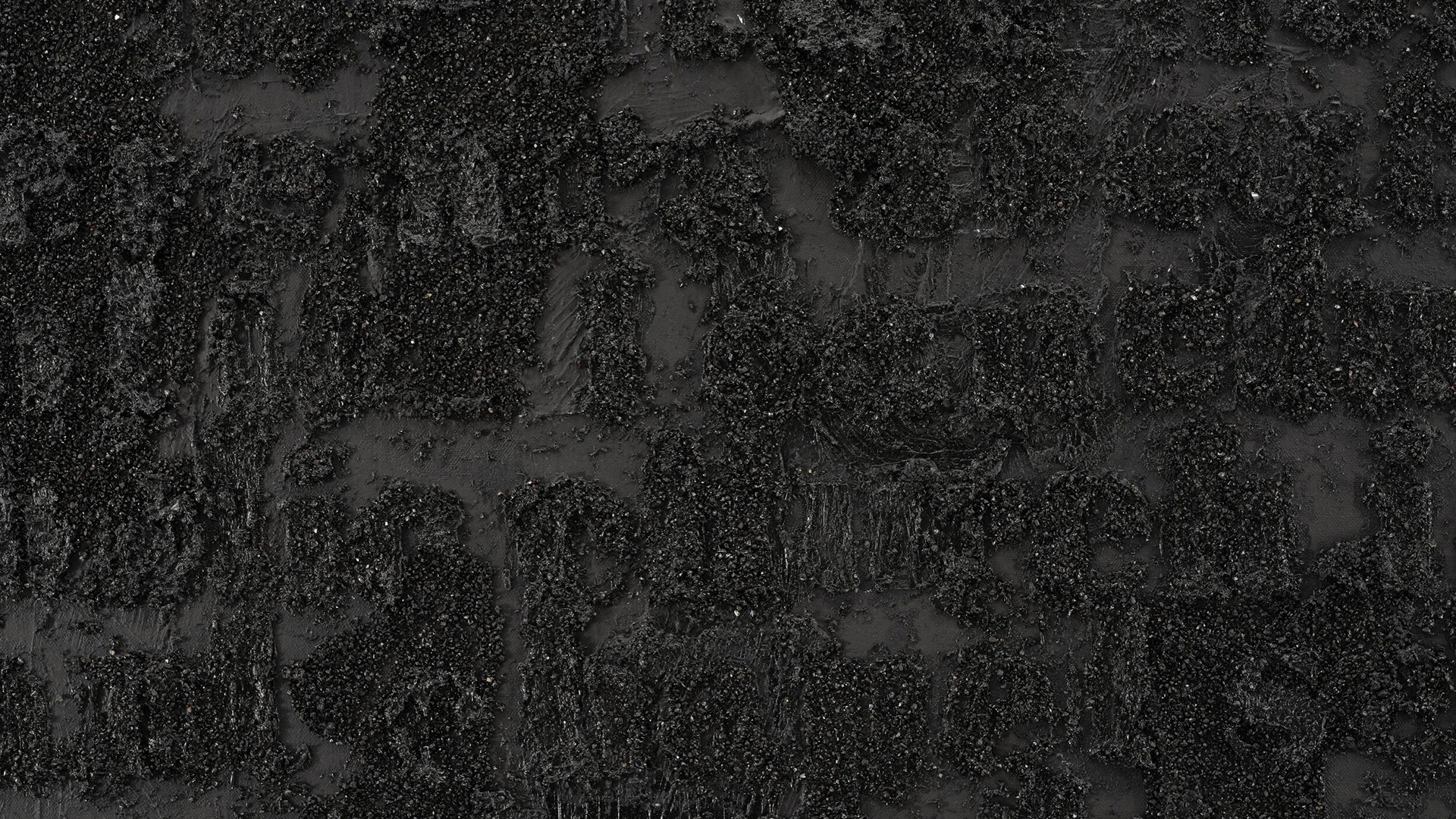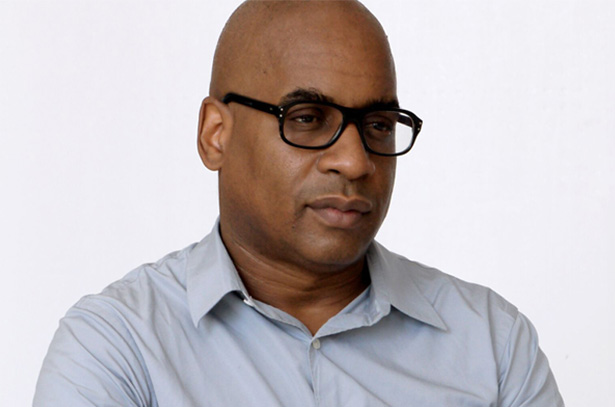
Glenn Ligon

Glenn Ligon (b. 1960) is an artist living and working in New York. Throughout his career, Ligon has pursued an incisive exploration of American history, literature, and society across bodies of work that build critically on the legacies of modern painting and conceptual art. He earned his BA from Wesleyan University (1982) and attended the Whitney Museum Independent Study Program (1985). In 2011, the Whitney Museum of American Art held a mid-career retrospective, ‘Glenn Ligon: AMERICA,’ organized by Scott Rothkopf, that traveled nationally. Important solo exhibitions include ‘Post-Noir,’ Carre d’Art, Nîmes (2022); ‘Glenn Ligon: Call and Response,’ Camden Arts Centre, London, UK (2014); and ‘Glenn Ligon – Some Changes,’ The Power Plant Center for Contemporary Art, Toronto, Canada and then traveled internationally (2005). Select curatorial projects include ‘Grief and Grievance,’ New Museum, New York NY (2021); ‘Blue Black,’ Pulitzer Arts Foundation, St. Louis MO (2017); and ‘Glenn Ligon: Encounters and Collisions,’ Nottingham Contemporary and Tate Liverpool, UK (2015). Ligon’s work has been shown in major international exhibitions, including the Venice Biennale (2015, 1997), Berlin Biennial (2014), Istanbul Biennial (2019, 2011) and Documenta XI (2002).
Biography
Selected Awards, Residencies and Fellowships
Curatorial Projects
Solo Exhibitions
Selected Group Exhibitions
Bibliography
Monographs
Publications
Artist’s Books & Writings
Selected Press
Exhibitions
1 / 4
1 / 4
Events
1 / 2
News
1 / 2
1 / 8
Ursula
1 / 4


















































